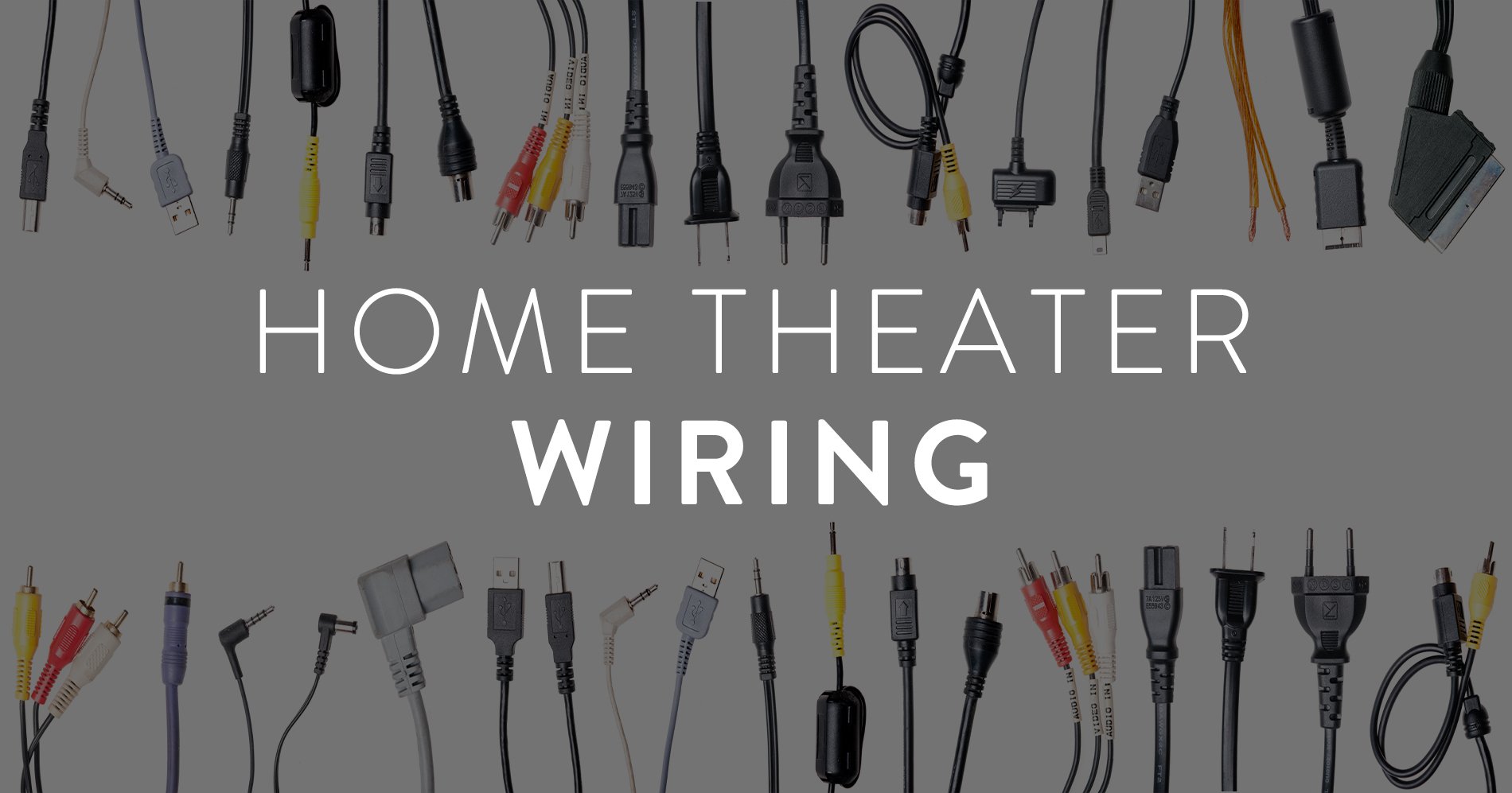The initial step in successful surveillance camera placement is to locate high-risk areas within the retail space. Such locations typically consist of entrances and exits, checkout registers, and aisles where expensive items are showcased. By placing surveillance devices in these locations, store owners can observe shopper behavior and detect questionable conduct. Additionally, cameras at entrances can record images of people entering and exiting the store, which is essential for recognizing potential thieves. This preventive approach helps in minimizing theft and ensuring a secure atmosphere.
A further important consideration is the kind of camera used in the store space. Different cameras serve distinct purposes. For instance, dome-shaped cameras are often used for internal monitoring because they are less noticeable and can monitor a wide space. Conversely, bullet cameras are best for external application, as they are much visible and can deter illegal behavior. Store owners should assess their specific needs and choose the appropriate surveillance device models to ensure comprehensive coverage of the store.

Along with camera models, the position and elevation at which surveillance devices are mounted play a crucial part in their efficacy. Surveillance devices should be set at a height that allows for clear visibility of individuals and actions without being readily manipulated with. A typical suggestion is to install cameras at least eight to 10 feet off the ground. Additionally, surveillance devices should be tilted to cover as much space as feasible while preventing areas without coverage. This strategic visit the site placement ensures that all zones of the retail space are monitored, providing a full perspective of customer interactions and possible safety risks.
Finally, it is essential for store owners to consistently assess and service their surveillance systems. This includes checking camera functionality, confirming that footage are high-quality, and updating software as required. Routine maintenance helps to avoid mechanical issues that could compromise security. Additionally, store owners should analyze footage periodically to identify patterns in shopper actions and potential security threats. By remaining proactive and attentive to their monitoring systems, store owners can establish a more secure shopping environment and safeguard their resources efficiently.